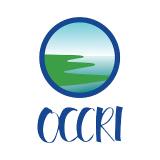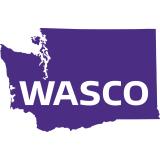Pacific Northwest DEWS Drought & Climate Outlook Webinar: August 23, 2021
The Pacific Northwest Drought Early Warning System (PNW DEWS) Drought & Climate Outlook Webinar is part of a series of regular drought and climate outlook webinars designed to provide stakeholders and other interested parties in the region with timely information on current drought status and impacts, as well as a preview of current and developing climatic events (i.e., El Niño and La Niña).






